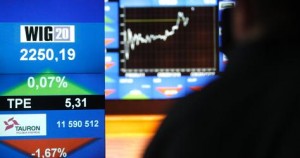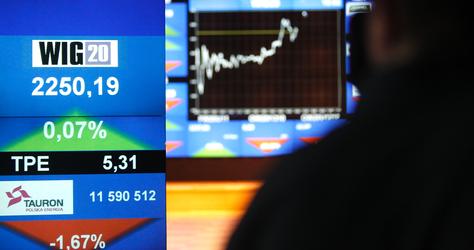Reuters
By Aziz El Yaakoubi

Morocco’s central bank cut its benchmark interest rate on Tuesday to 2.25 percent from 2.5 percent, loosening monetary policy for the first time in more than a year to boost growth hit by one of the worst droughts in the past decade.
Agriculture accounts for about 15 percent of Morocco’s economy, and the bank revised down 2016’s gross domestic product growth to 1 percent from an earlier estimate of 2.1 percent.
The drop in global oil prices has revived public finances and reduced deficits in the region’s biggest energy importer, giving the country more room to manoeuvre.
Despite inflation quickening to 0.9 percent in February from 0.3 percent in January as food prices increased, the bank said it saw it hovering around 0.5 percent during 2016 and rising to 1.4 percent in 2017.
“We don’t have any concerns regarding inflationary pressures … So we can give some support to the economic activity,” Central Bank Governor Abdellatif Jouahri told reporters. The bank last cut rates in December 2014.
The bank also said it had also started structural reforms to make its currency regime more flexible, as recommended by the International Monetary Fund.
It bank reduced the euro’s weighting in the currency basket used to set the dirham’s exchange rate, and said it will start targeting inflation.
“We have agreed with the Finance Ministry on the main guidance,” Jouahri told reporters.
“As soon as all the actors are ready we will start the migration towards a more flexible currency regime,” he added.
Morocco has already done more than most North African countries to make painful changes required by international lenders to curb its deficit, such as ending fuel subsidies and freezing public sector hiring. The government still controls the prices of wheat, sugar and cooking gas.
Based on an average global oil price of $38.40 a barrel, the bank said the current account deficit should narrow to 0.1 percent of GDP in 2016, and around 0.3 percent in 2017.
Morocco’s trade deficit rose 10.1 percent to 21.16 billion dirhams ($2.17 billion) in the first two months of 2016 compared with a year earlier, while foreign exchange reserves would cover seven months and 21 days of import needs in 2016.
The bank expects the budget deficit to be down to 3.7 percent in 2016 down from 4.3 percent in 2015 and 3.1 in 2017.
(Reporting by Aziz El Yaakoubi; Editing by Alison Williams)







